Several months ago we received a pair of variable ND filters made by Syrp and had a chance to use them extensively – the above video and following review is the result of this testing.
Working for a photography website gives you the opportunity to test different products for the first time and this is just such a case. We never did have a chance to do an in-depth review of a variable ND filter and so it is possible that some of our conclusions are a bit crude or that we missed something but the bottom line is that this was our experience with the filters and for what it is worth we have been using the filters for quite a few of the videos that you have seem on LensVid in recent months.
The Syrp filter with its soft case
The Syrp variable ND filters come in two different sizes – 67mm and 82mm. In the vary generous kit that comes with each filter you will find a cardboard box (which is a pretty nice case on its own), a smaller lather-like soft case with the filter+cleaning cloth and two step up rings – 52/58 to 67mm and for the 82mm 72/77mm step up rings.
The filter itself is made in Japan and has a pretty solid build – we didn’t hear any grinding caused sometimes by tiny parts which get between the two glass elements (this happened to us once with a cheap new filter). The filter turns smoothly and feels pretty good overall. The step up rings (which we normally try to avoid whenever we can) seems decent enough – just make sure you don’t secure them too strongly to the lens or the filter otherwise you might end up with a problem disconnecting them (didn’t happen to us, but just in case).
One thing which we really liked about the design of the Syrp variable ND filters is how the ND stops are marked on the filter. Many companies tend to mark the stops on variable ND filters in a very unclear ways (dots or lines with very little logic behind them). Syrp made it a little bit easier with lines which are very easy to read – although we have to say that numbers would still be simpler in our mind.
Performance
We have tested the Syrp ND filters quite extensively over the past few months both in real world style shooting (almost exclusively video) and in specific tests made to check various aspects of the filters’ performance. The following is a run down of what we found:
Sharpness – In our testing with and without the filter we could not see any viable reduction in sharpness or loss of detail (possibly some loss of contrast but you do loose light so we are not surprised). Both test images below were shot with our Nikon D7100 with 35mm f/1.8 DX lens at f/8 with the 67mm Syrp filter.
On the left – the lens with no filter – on the right with the filter at ND 1 (click to enlarge)
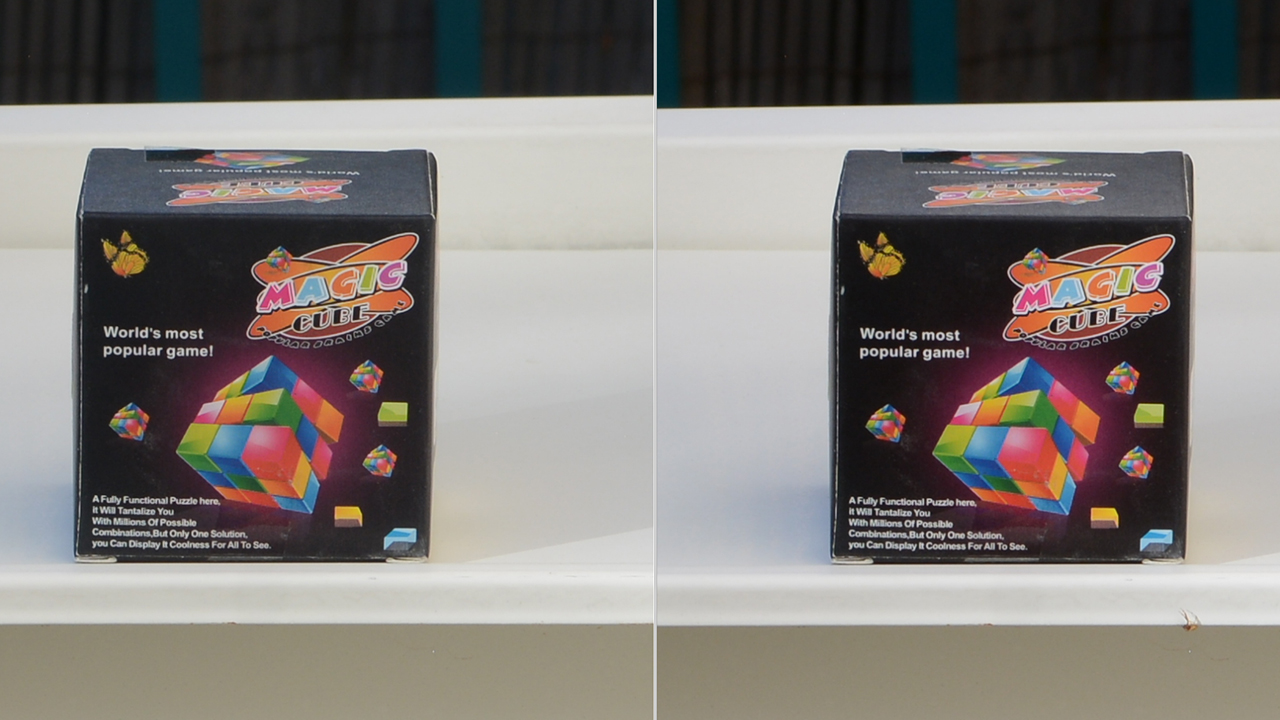 On the left – the lens with no filter – on the right with the filter at ND 8.5 (click to enlarge)
On the left – the lens with no filter – on the right with the filter at ND 8.5 (click to enlarge)
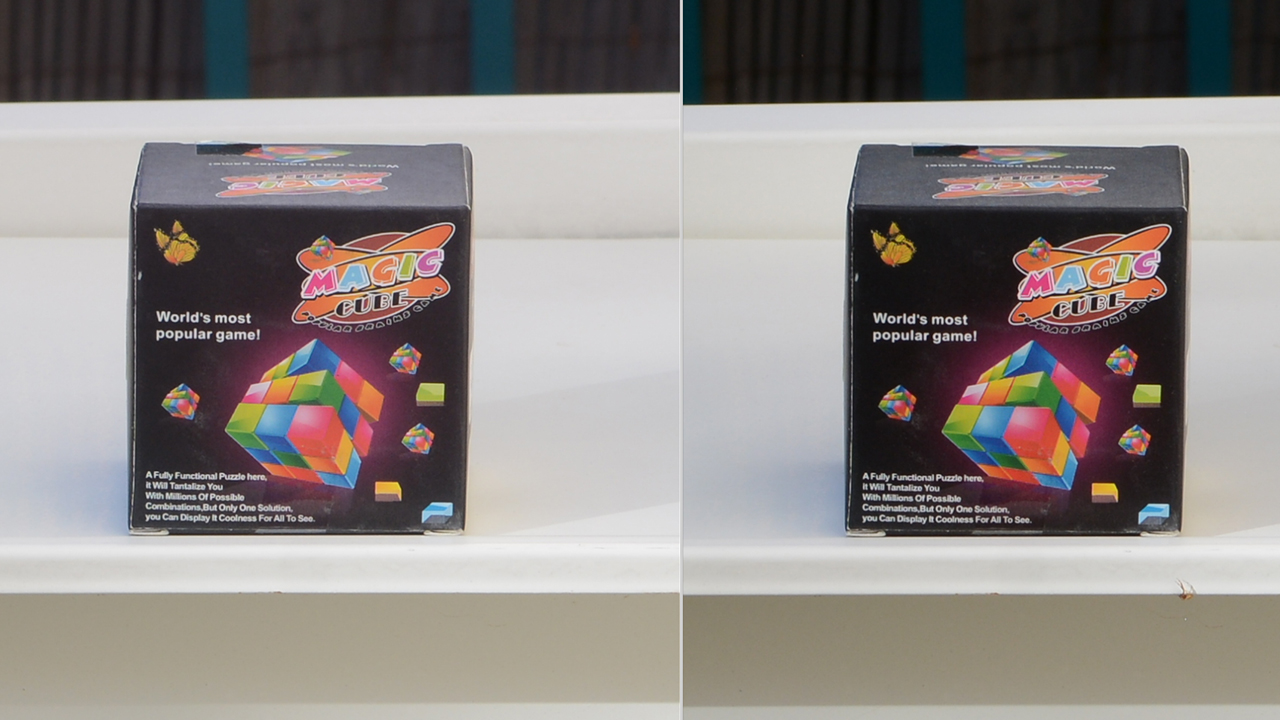 Colors – Although there is some minor differences (maybe due to some contrast reduction resulting from the reduction in light), we would say that the Syrp filter preformed very well – at least in the middle of the frame (as you will see below vignette does have some effects in the corners at high NDs).
Colors – Although there is some minor differences (maybe due to some contrast reduction resulting from the reduction in light), we would say that the Syrp filter preformed very well – at least in the middle of the frame (as you will see below vignette does have some effects in the corners at high NDs).
On the left – the lens with no filter – on the right with the filter at ND 1 (click to enlarge)
On the left – the lens with no filter – on the right with the filter at ND 8.5 (click to enlarge)
Vignette – The Syrp does show vignetting, especially above ND 7. Moving to above ND 8 and closer to ND 8.5 this might be a problem as you can see in the images below which represent quite an extreme case, but as you will see in the next two sections – when you go this far you will have other more pressing issues to deal with.
This test was done with our D7100 and a Sigma 10-20mm @20mm at f/8 with the 82mm Syrp filter.
No filter
 “X-factor” – It is a known drawback of variable ND filters that they display a sort of X in the center of the frame when you go way up with the ND. In this case you get this effect when going beyond ND 8 (as marked on the filter) and typically closer to ND 8.5 or even just beyond it. We don’t see this as too much of a problem – if you are aware of this just don’t go that high with your ND (although the non linear nature of the Syrp does limit you as you will see in the next section).
“X-factor” – It is a known drawback of variable ND filters that they display a sort of X in the center of the frame when you go way up with the ND. In this case you get this effect when going beyond ND 8 (as marked on the filter) and typically closer to ND 8.5 or even just beyond it. We don’t see this as too much of a problem – if you are aware of this just don’t go that high with your ND (although the non linear nature of the Syrp does limit you as you will see in the next section).
The X phenomenon visible when turning the ND filter all the way up (between ND 8-8.5 and just above)
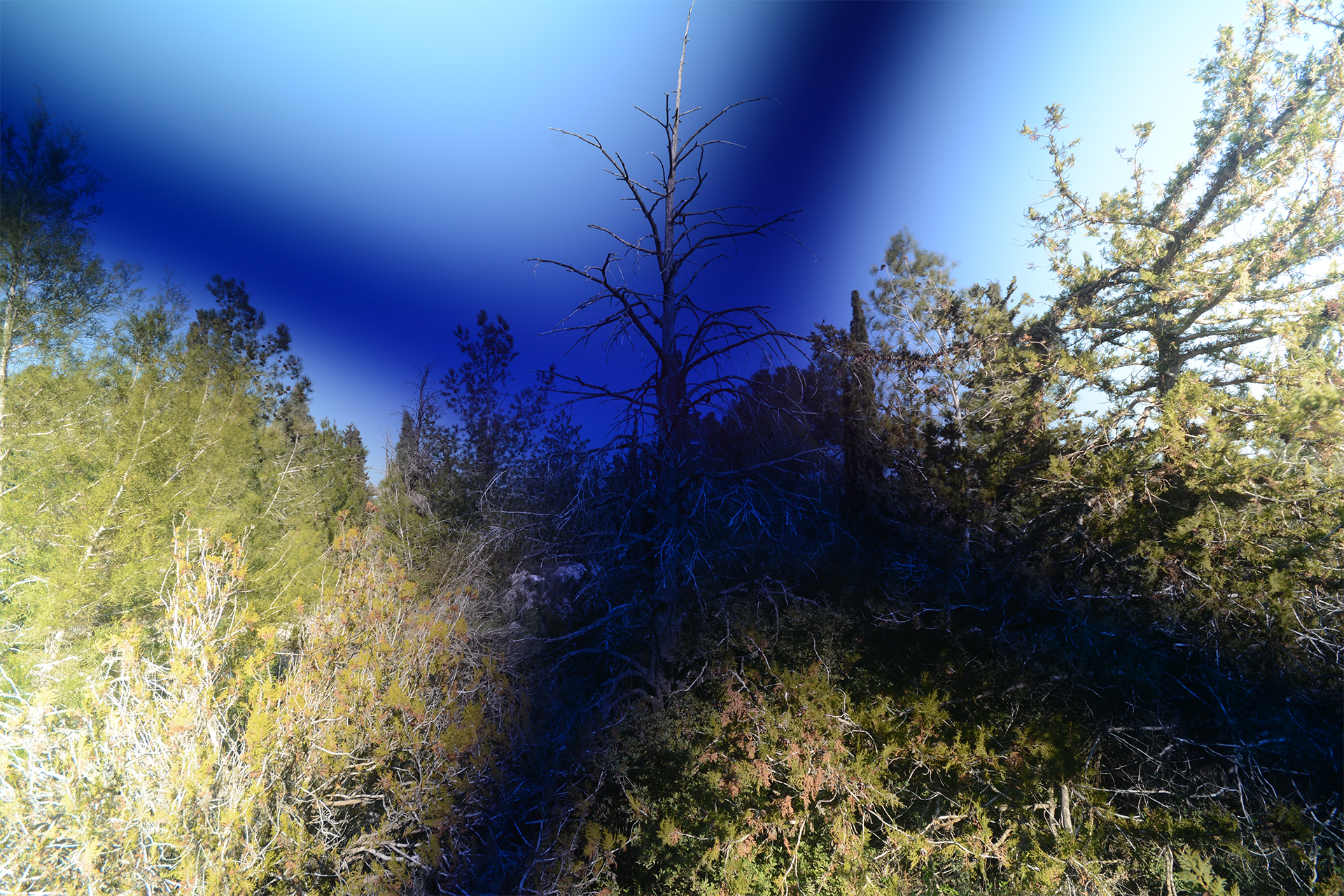 Non linear ND – Before we go to the conclusion we wanted to note something strange that we discovered about the filter. Syrp rate this filter at 8.5 stops, which – from our testing – is more or less the case (you will see why we say “more or less” in a second).
Non linear ND – Before we go to the conclusion we wanted to note something strange that we discovered about the filter. Syrp rate this filter at 8.5 stops, which – from our testing – is more or less the case (you will see why we say “more or less” in a second).
As we noted in the video, we expected the 8.5 stops to be evenly spread across – meaning that for each marked stop on the filter, the amount of light reaching the sensor will be cut in half. Strangely this hasn’t been the case for us. We ran this test many times in different lighting conditions on both the 67mm and 82mm Syrp ND filters and got the same results – which you can see in the table below: On the left we have the actual markings on the filter – we started without the filter and then moved to 1 stop (one line on the filter) two stops (two lines) and so on.
On the left we have the actual markings on the filter – we started without the filter and then moved to 1 stop (one line on the filter) two stops (two lines) and so on.
On the middle row you can see the shutter speed that we got for the test image which gave us a correct exposure (in this case we used the D7100, 10-20mm Sigma lens at f/8 and ISO100).
Finally on the right you can see what the shutter speed should have been if it actually cut down the light by 1 stop each time.
As you can see we started with no filter at 200’th of a second and moving to 1 stop with the filter we already see a small (pretty negligible difference), moving to 2 stops – nothing changes and only with 3 stops do we see a decrees to 1/60 of a second which continues to 4 stops. At 5 stops we see another decrease but one which is actually just a hair over 2 stops. At 6 stops we see something closer to 3 stops of actual light cut down and at 7 stops it is closer to 4 stops of actual light cut down.
The big change comes at 8 stops with a sharp decrease in actual light equal to between 5 to 6 stops and at 8.5 stops – the maximum for the filter – we see a huge huge drop to 2.5 seconds which is close to real 8.5 stops, however in most cases the filter isn’t usable at 8.5 stops and you will get the X mark that we talked about earlier.
The maximum usable stops for this filter is probably closer to 8.2 or in our case 1/2 second exposure – which gives an effective, usable 5.5 stops of light reduction – a far cry from the 8.5 claimed by Syrp.
Update:
We have talked to Syrp and here is what they had to say:
Conclusion
If you never used Variable ND filters before, they are great tools for videographers (stills shooters can use them on occasion but they are simply not strong enough to block daylight if you want to do long exposures with fast apertures).
From our experience the Syrp Variable ND filters do a very good job from both the perspective of build quality, the kit as a whole, and most importantly performance-wise both in terms of sharpness/details and colors. If you are looking at value for money when compared to the price of some of the other high end variable ND filters out there (specifically B+W/Singh-Ray which cost twice as much or more) the Syrp is a great buy.
The skies through the Syrp filter
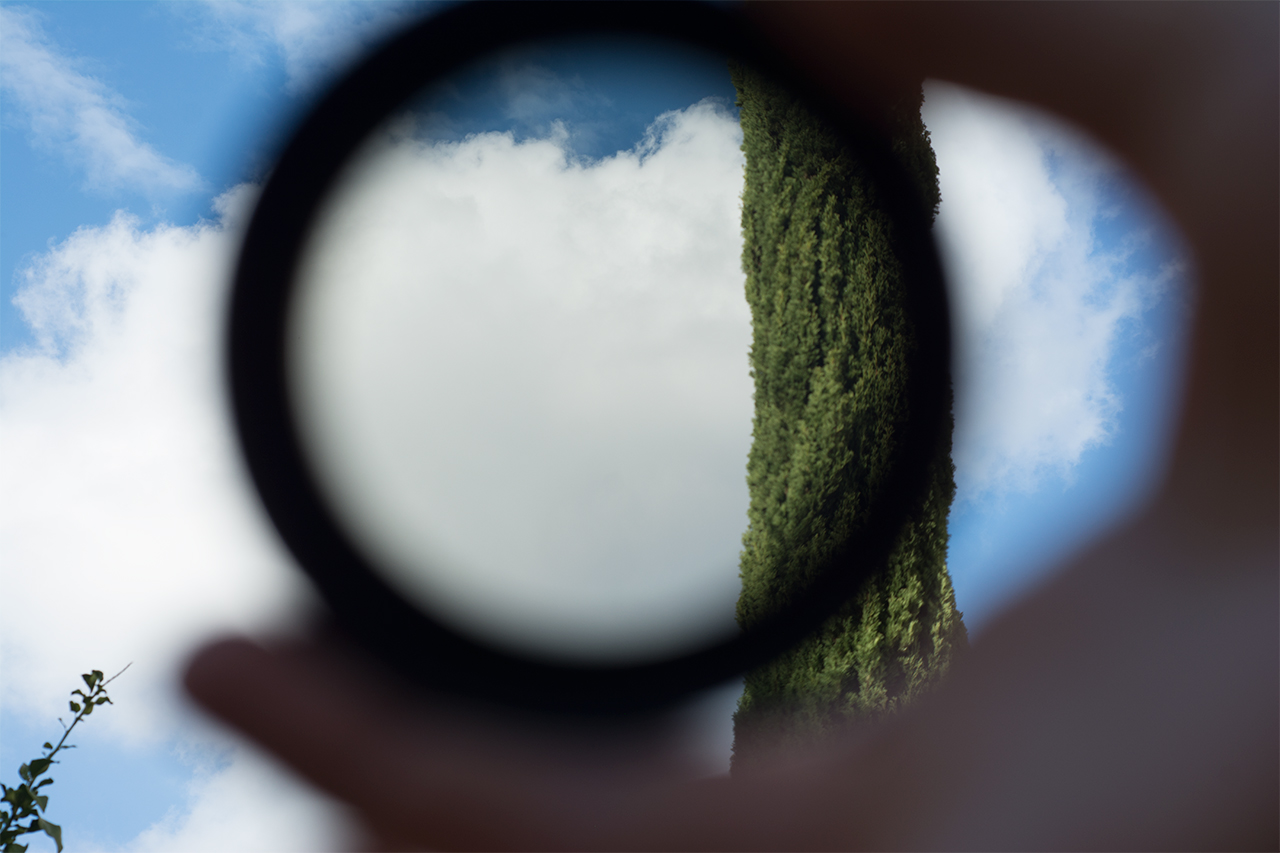 There are some drawbacks – you are going to get vignetting at higher NDs (which we think is to be expected), the “X-factor” (or X-mark if you like) does exist but it should not bother you until you move to the very end of the ND rotation (somewhere between 8 and 8.5 lines on the filter), but the biggest drawback in our view is the fact that you are not getting a linear change in the ND steps (as you can see from the table in the previous section).
There are some drawbacks – you are going to get vignetting at higher NDs (which we think is to be expected), the “X-factor” (or X-mark if you like) does exist but it should not bother you until you move to the very end of the ND rotation (somewhere between 8 and 8.5 lines on the filter), but the biggest drawback in our view is the fact that you are not getting a linear change in the ND steps (as you can see from the table in the previous section).
At the end of the day if you understand the limitations you can work around the most of the time (as we mentioned – we worked with the filter on many of the videos posted throughout 2015 with pretty good results).
What we liked
- Good build quality.
- Well made kit with two step up rings.
- Good image quality – no apparent reduction in sharpness/details.
- No apparent change in colors.
What we liked less
- Doesn’t produce usable 8.5 stops of ND (practically you get just under 6 stops).
- ND is not linear (much more light cut down near the end of the ND rotation).
- There is some vignette at higher NDs.
- “X-factor” is apparent (but only over 8 ND ‘lines’).
You can check out more LensVid exclusive articles and reviews on the following link.

You can support LensVid by shopping with our affiliate partners
Affiliates: Amazon, B&H, Adorama and E-bay.
Why should you trust us?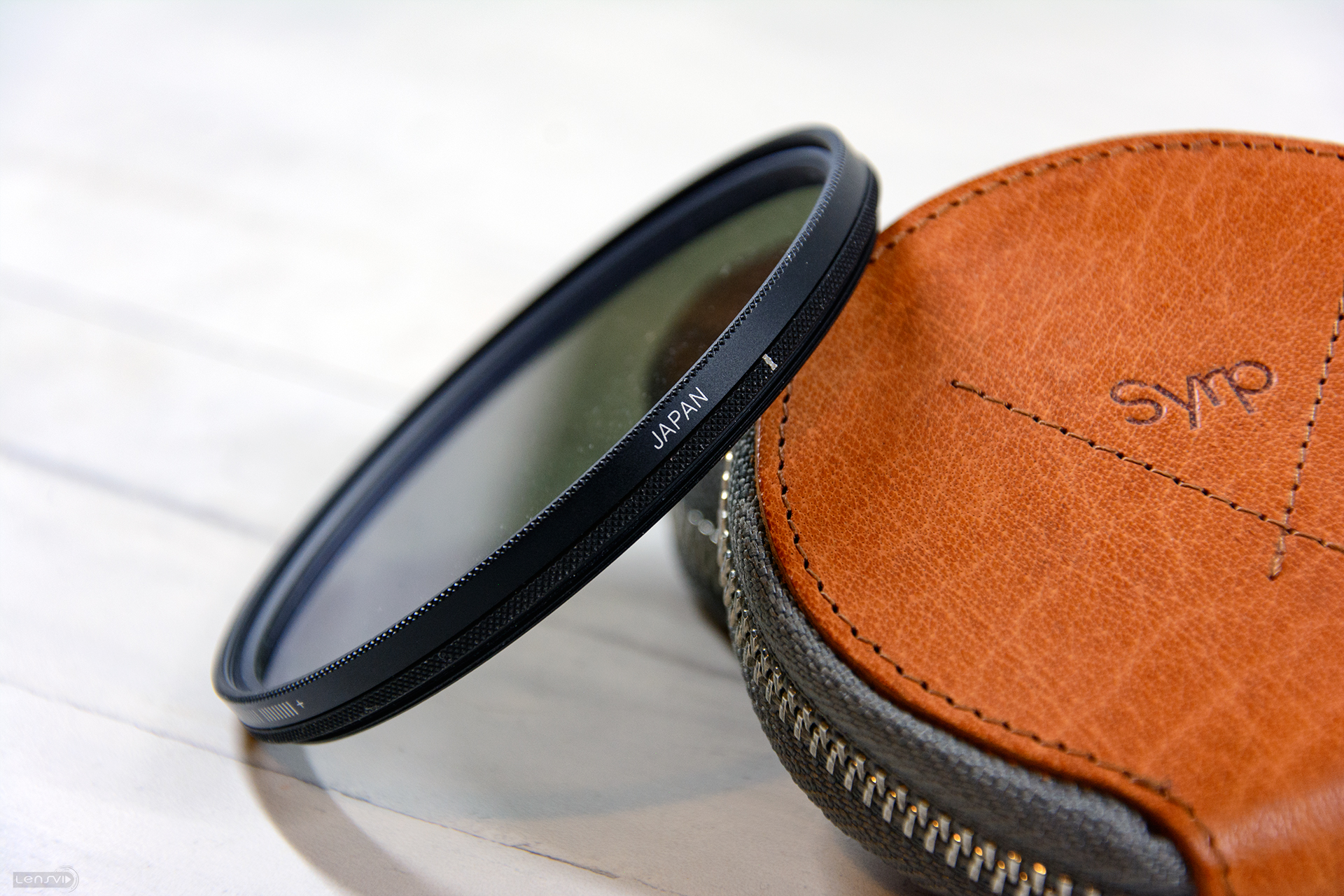











What year was this written?
Jan 2016. Why do you ask?